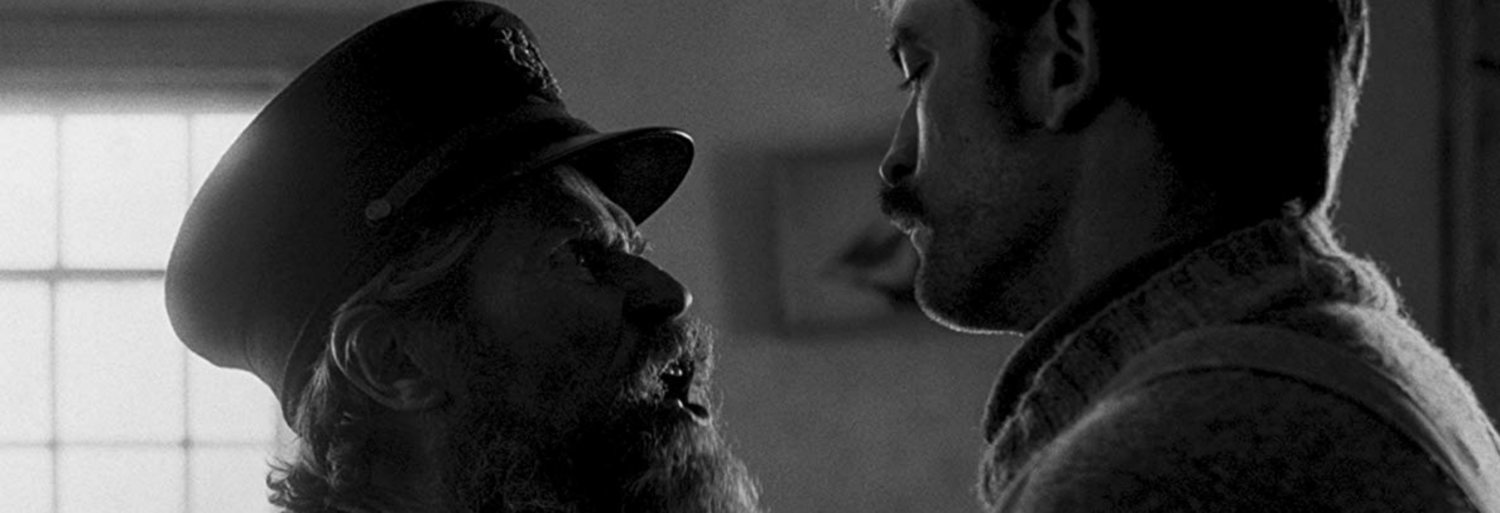
'The Lighthouse' trivia and fun facts
-

-

-

-

-

-

The accents
Dafoe's accent is the jargon of Atlantic fishermen and sailors of the time, while Pattinson's character's lines are based off a very specific Maine farming dialect.
Influences
The story is very loosely based on a real-life tragedy from 1801, in which two Welsh lighthouse keepers, both named Thomas, became trapped on their lighthouse station during a storm. Other influences were seafaring literary classics by Herman Melville and Robert Louis Stevenson, and supernaturally tinged weird tales of H.P. Lovecraft and Algernon Blackwood.
Why Dafoe and Pattinson?
Pattinson and Dafoe reached out to Robert Eggers to work with them because they loved The Witch (2015). So when Eggers finished the script, it was always clear to him to cast them because he had been looking for a project to do with both. Before this movie, Eggers talked with Pattinson about other roles in films
Different actors, different methods
Before filming began, Dafoe and Pattinson rehearsed with Robert Eggers for a week in a hotel in Halifax. While Dafoe loved to rehearse given his extensive theatre background, Pattinson didn't want to show and let out too much beforehand, prefering to jump into the scene blindly. He found the rehearsal process frustrating and uncomfortable, being used to react impulsively infront of the camera and getting self-conscious by thinking too much about the scene beforehand. His method being, that if he accomplishes certain things in rehearsal, it will later ruin the spontaneity infront of the camera. Director Robert Eggers welcomed that the two worked so differently and stated: "They have this incredible, electric chemistry on screen, but it was chemistry through tension. That couldn't have been better for the movie."
Silences throughout the shoot
Both Willem Dafoe and Robert Pattinson have claimed that the film's conditions were so demanding that they barely spoke to each other during filming.
Extreme shoot
The cast and crew filmed under extreme weather conditions: Freezing temperatures, cold atlantic water, intense winds, snow, rain and no protective flora on the Forchu terrain kept them exposed to the elements throughout the shoot. Much of the film was shot in real weather elements, so rain and wind machines weren't needed most of the time, with Eggers stating that, "The most crazy and dramatic stuff was shot for real."
Technical aspects
Since the film is set in 1890, it was shot on 35mm black and white Double-X 5222 film, all while augmenting the Panavision Millennium XL2 camera with vintage Baltar lenses from as early as 1918 to as late as 1938. This makes the aspect ratio approximately 1.19:1, which is practically square. To enhance the image and make it resemble early photography, a custom cyan filter made by Schneider Filters emulated the look and feel of orthochromatic film from the late 19th century.